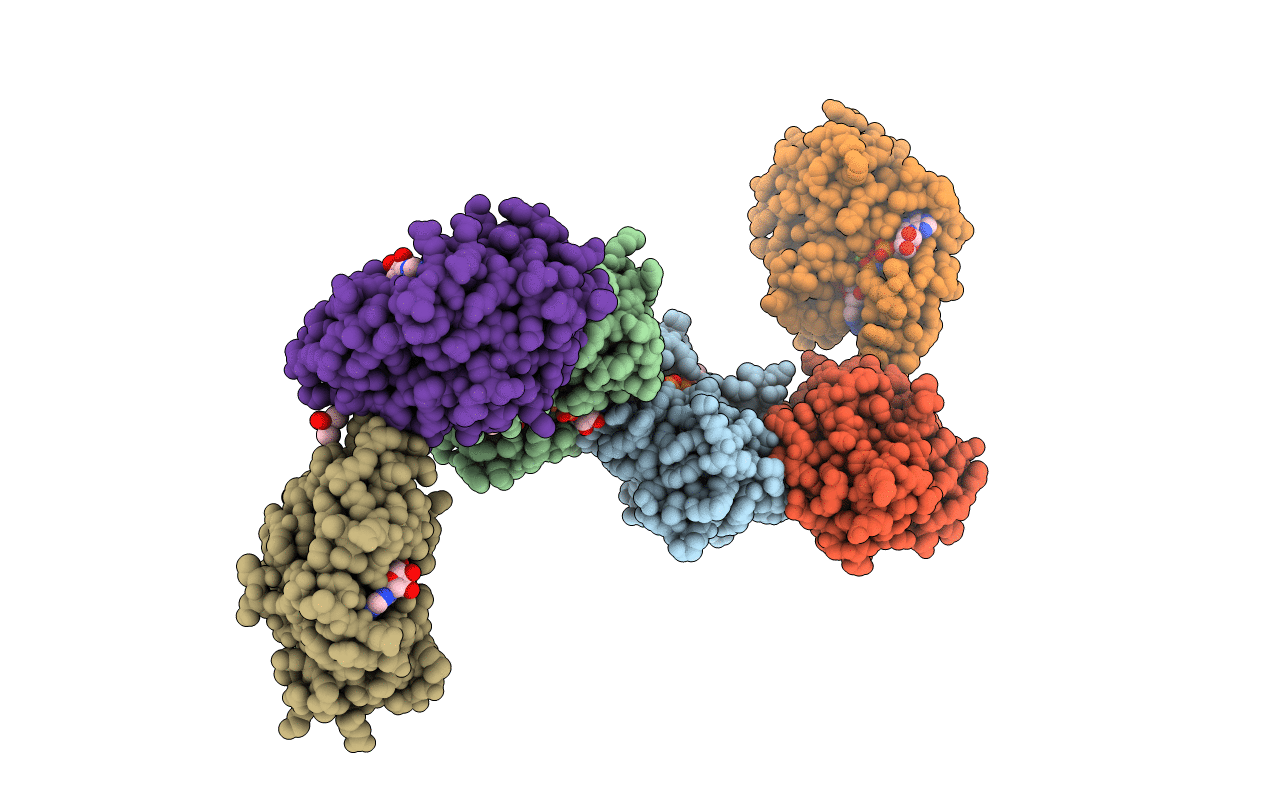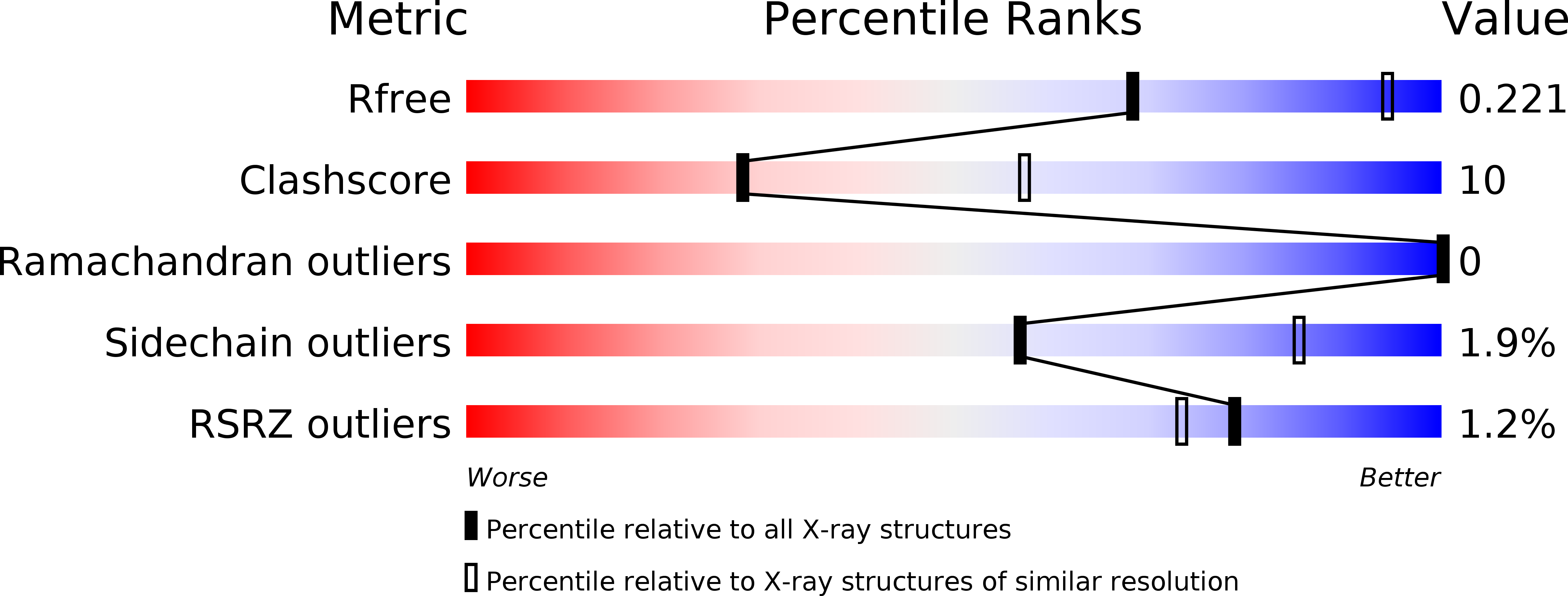
Deposition Date
2015-06-30
Release Date
2015-08-26
Last Version Date
2023-09-27
Entry Detail
Biological Source:
Source Organism:
Synechocystis sp. (strain PCC 6803 / Kazusa) (Taxon ID: 1111708)
Host Organism:
Method Details:
Experimental Method:
Resolution:
2.79 Å
R-Value Free:
0.21
R-Value Work:
0.16
R-Value Observed:
0.16
Space Group:
C 1 2 1


